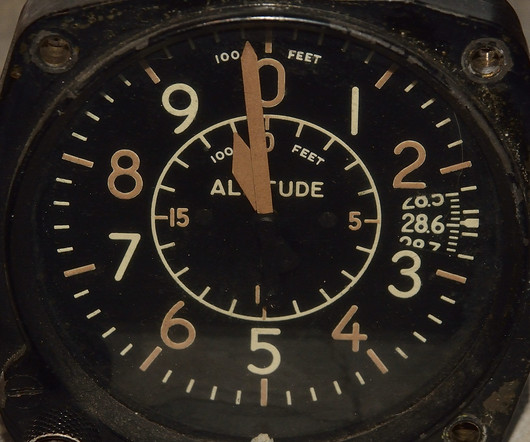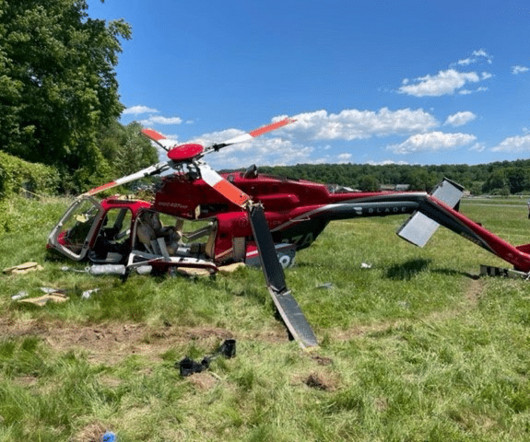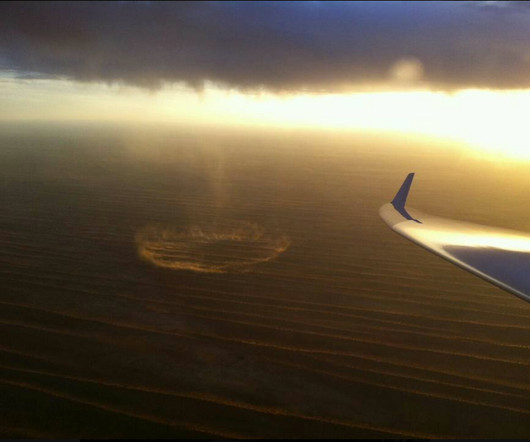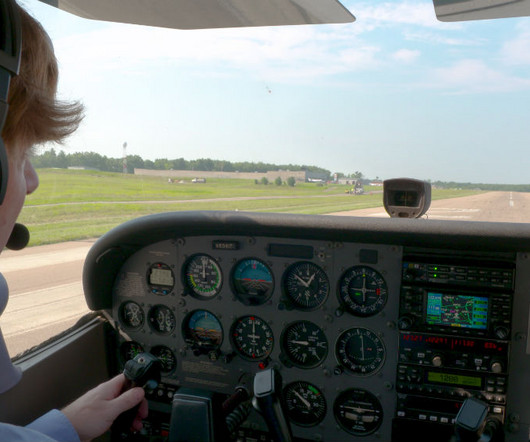Understanding Different Types of Altitudes
Northstar VFR
JULY 28, 2023
Altitude (without sounding like Captain Obvious) might just be the most important thing to a pilot. As an inexperienced, aspiring pilot, you’ve surely heard the saying that “the least important thing in aviation is the runway behind you, the fuel left in the truck and altitude above you”. But, altitude is all the same, right?

















Let's personalize your content